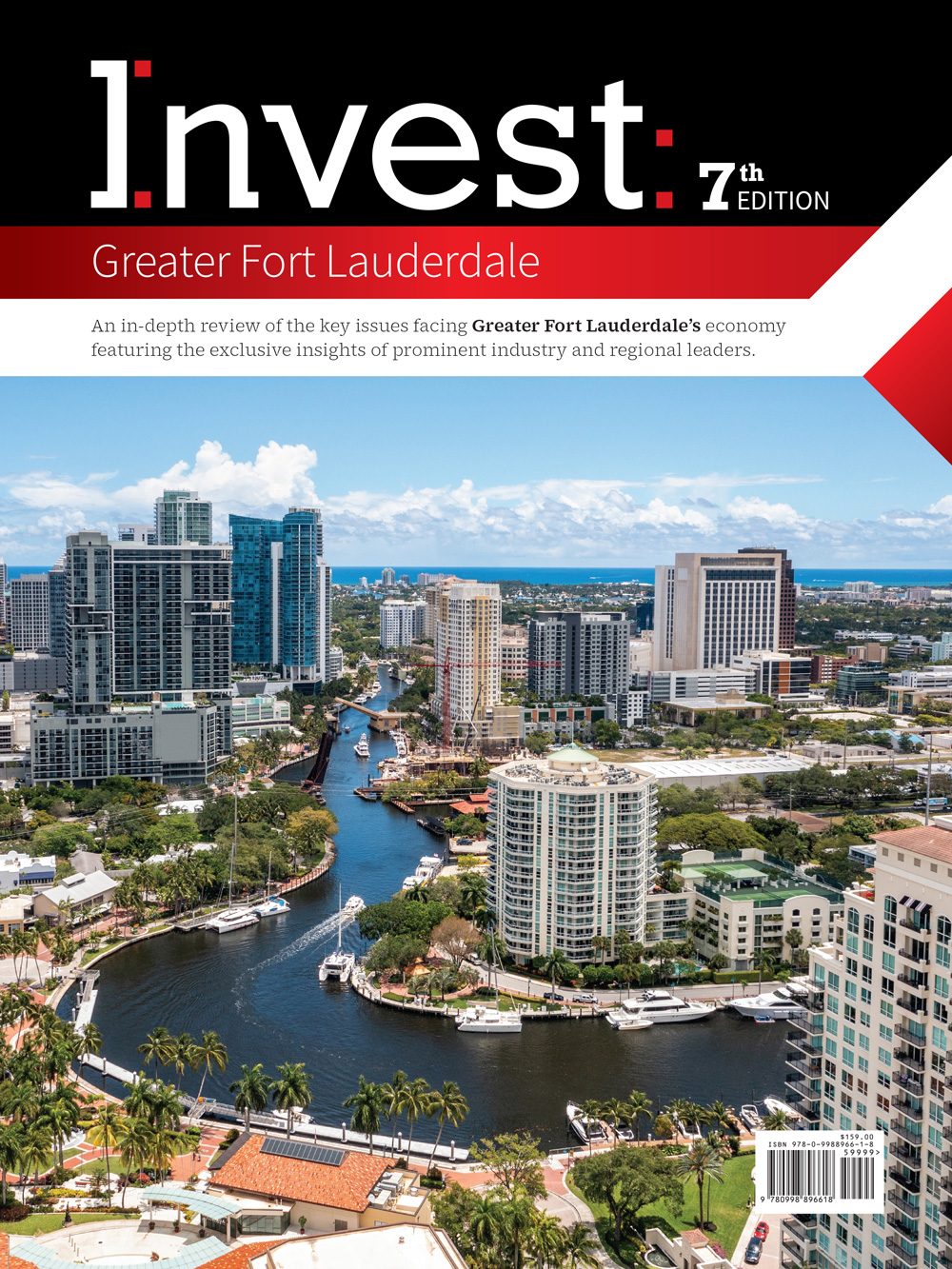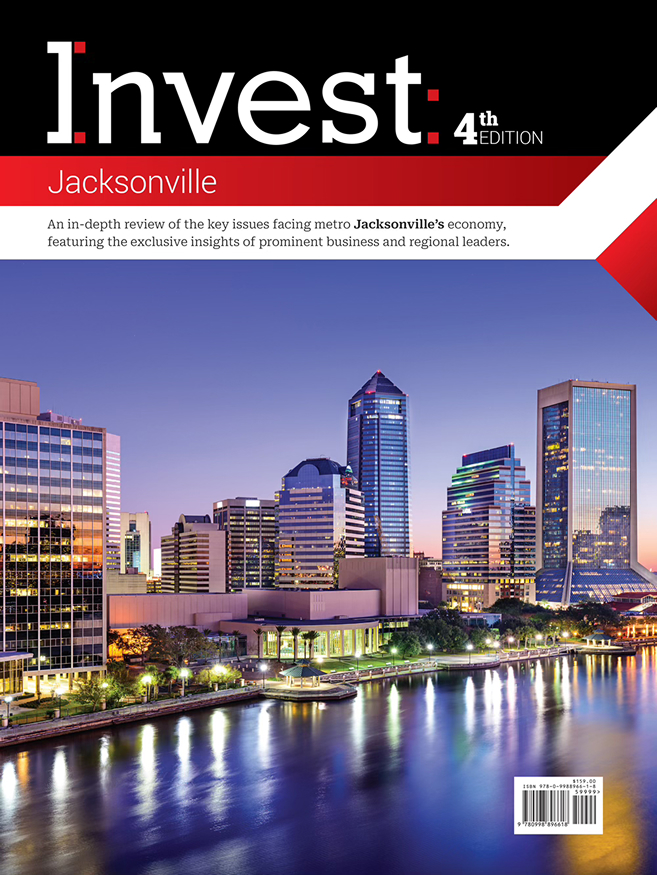Ben Yelm, Vice President & Regional Manager, Marcus & Millichap
In an interview with Invest:, Ben Yelm, vice president and regional manager of real estate brokerage, research and advisory firm Marcus & Millichap, talked about the need to build and maintain strong client relationships and ways in which technology has significantly changed the commercial segment. He also discussed several macro trends impacting the commercial real estate market.
What have been some major highlights over the past 12 months?
For us and our industry, it has been about adapting to the new interest rate environment, which really started at the end of 2022 and then ramped up for the entirety of 2023. We have seen a lot of struggles among our competitors, with some shops even having to close down. In 2021 and 2022, we essentially had the lowest interest rates in modern times, which were fueling transactions. As a facilitator of investment sales, when interest rates changed, it was a big shock to the system. The transactional volume in 2021 and 2022 was much higher than in 2023. So, being able to survive that and get into a more stable environment now is a big achievement.
Now, we are seeing a more positive direction, with more transactions happening – even though interest rates are higher, they are stable. Stability is a lot more beneficial when selling an investment product. So, the biggest achievement has been managing through a really tumultuous year and getting into a more stabilized period. If I look at 1Q24 compared to 1Q23, we have basically doubled our revenue between those two periods, even though we were working just as hard. It was not a matter of effort, but about how the market forces were against us.
Aside from interest rates, what trends are you noticing in commercial real estate brokerage, and how do these trends impact investment decisions?
There are a couple of macro trends I’ve noticed. Among product types, retail has made a comeback, especially the bread-and-butter retail like grocery shopping centers and strip malls. These are doing really well with low vacancy rates and favor among lenders, which is crucial for deal-making. We have seen organic rent growth in various markets across the Carolinas.
Multifamily was in demand for a while but has tapered off, especially in Charlotte where there has been overbuilding, particularly with class-A properties, leading to a supply-demand imbalance. Medical office space is in demand, likely due to the aging baby boomer population, known for being long-term tenants.
With the exception of general office spaces, all product types have weathered the storm well. In Charlotte, for example, there is a noticeable difference from pre-2020 to post-2020. Office towers are rumored to be in trouble of going back to lenders, and there is downward pressure on rents, especially uptown.
Commercial real estate remains a favored investment, especially in high-growth markets like Charlotte, where residential development drives commercial activity. There is significant demand from both local and regional investors, as well as out-of-area investors seeking better yields and growth opportunities. This positive momentum underscores the attractiveness of our markets for real estate investment.
What is the demand for mixed-use projects given the tapering off of residential multifamily projects?
On the multifamily side, the B and C product is thriving due to limited supply. Rents for A products are sky-high, so there is more demand for the B and C apartments, keeping that sector healthy. When it comes to the A quality, you cannot just offer typical housing anymore. Now, it has to be amenity-rich or mixed-use, with that live-work-play aspect. People want service-based retailers like barber shops, nail salons, restaurants, and bars, especially in urban areas. This trend holds true across various markets like Raleigh, Charleston, Charlotte, and Greensboro.
Developers are leaning toward mixed-use projects because they spread risk across different areas. If one aspect is not doing well, others can compensate. Plus, it aligns with consumer preferences. While B and C products offer affordable living spaces, those paying A product rents expect more than just housing.
How have technological advancements influenced your approach to the commercial real estate market and how will it affect future dealings broadly?
When you consider cap rates as a way of valuing deals, there used to be a significant gap between primary, secondary, and tertiary markets; however, that gap has been steadily closing over the years, largely due to technological advances.
Technology has made it much easier to understand a market from behind a computer screen. While I still believe in the importance of physically knowing and driving through an area, the accessibility of information online has made it easier for investors to conduct thorough research. They can quickly gather data on demographics, schools, household incomes, major employers, and other key factors necessary for making informed investment decisions.
With more capital flowing into markets like the Carolinas, which are typically considered secondary or tertiary, there is a greater comfort level among investors. This increased confidence, fueled by technological tools, has led to more investment opportunities in these areas.
As technology continues to shrink the world, attracting outside investors, the growth story of the Carolinas remains strong. Using tools like smartphone data to track foot traffic for retailers enhances investors’ ability to assess opportunities, even in lesser-known areas like Clover, South Carolina. These technological advancements make it easier for investors to identify promising opportunities based on data-driven insights.
How does the company maintain and strengthen its client relationships?
Building and maintaining strong client relationships is at the core of what we do. There are various facets to our services, with transactional services being the most basic. This involves creating a market for our clients, ensuring they get the best price, terms, and highest quality buyer. Our nationwide network of brokers and our financing arm, Marcus & Millichap Capital Corporation, play crucial roles here. Securing the best financing is key to maximizing returns for buyers.
However, beyond transactional services, we offer value-added advisory services. Providing opinions of value helps clients understand their property’s current value and potential for value add. Sometimes, holding onto a property and making strategic improvements can yield better returns in the long run. Despite the temptation to push for immediate sales, we prioritize our clients’ best interests, even if it means advising against selling right away.
Moreover, our information services are highly regarded. Investing in research is essential, as it adds value to our clients. Whether it is weekly videos or reports on market trends like the recent jobs report, staying informed helps both our brokers and clients make educated decisions. This commitment to providing valuable insights sets us apart in the industry.
How have the recent changes in the macro environment influenced your approach to investment decisions?
I find the macro environment interesting, especially when reflecting on this decade. It has been quite unusual, with significant events shaping the market landscape. 2020 was undoubtedly an anomaly, followed by 2021 and 2022, which saw the lowest interest rates on record, leading to a period of frenzied activity. Then, in 2023, interest rates spiked to unprecedented levels, causing further disruption.
However, in 2024, we seem to be returning to a more stable, normal environment. Despite ongoing geopolitical events and an upcoming election, the market feels calmer. This is a stark contrast to the upheavals of the past few years. We can finally take a breath and focus on the fundamentals without the constant flux from unprecedented events.
This newfound stability allows for more confident decision-making. Whether buying, selling, or refinancing, the market seems less volatile. While interest rates may see a nominal decrease this year, the overall outlook is one of patience and cautious optimism. Decisions can now be made based on the merits of each opportunity.













